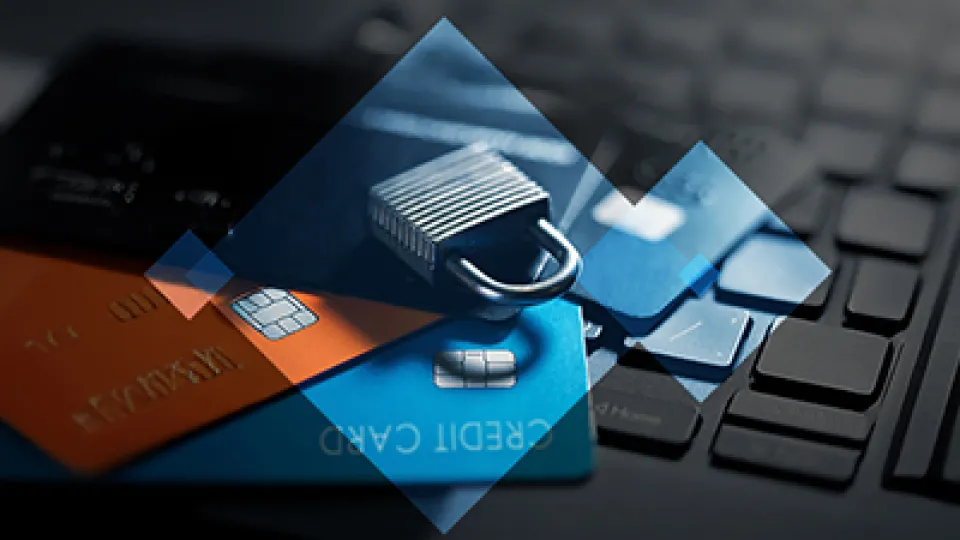The accelerated growth of digital transformations and digitalized processes, along with the expansion of Internet of Things (IoT) has exponentially increased the number of machine interactions.
This significantly increases the risks that businesses face in maintaining continuity in the event of a cyberattack, which are becoming all too common these days. Proper authentication management is essential in countering the risks associated with these machine interactions, and this includes manageable secure machine identities.
What is Machine Identity Management?
Every machine requires an identity to authenticate and communicate safely with other machines. Instead of a username and password, machines use cryptographic keys and digital certificates, as well as other authentication tokens to identify themselves and communicate.
The definition of machines has expanded from what has been the norm of physical machines, like servers and PCs. Today, the definition now extends to:
- Mobile devices
- Internet of Things (IoT) devices
- Network appliances and routers
- Web services and application servers
- Cloud instances
- Containers
- Microservices
- Clusters
- Smart algorithms
While the use of many of these machines may be fairly new, they all need to have their machine identities authenticated because they can connect and communicate with other machines within the network. Businesses will need to develop an enterprise-wide strategy to manage their machine identities, digital certificates, and confidential data to better secure their digital transformation. Mismanaged machines can lead to critical outages that damage not only the bottom line, but also the business’s reputation.
Machine Identity Management Automation is an Imperative
In digital transformations, machine identity management must allow automation to be rapid, secure, reliable, and scalable as the process is automatic without human interaction during machine-to-machine communication. Automation allows machines to make decisions independently based on their current environments and expectations for the future. By automating the entire machine identity lifecycle, it is possible to eliminate mistakes caused by human error. Thus, IoT machine identities are kept available and secure.
Digital certificates make it possible to issue and validate machine identities of IoT devices. Such certificates are signed by a trusted third-party certificate authority through public key infrastructure (PKI). Unlike passwords and multi-factor authentication, PKI eliminates the need to rely on secrets that could be shared or intercepted by cybercriminals.
With PKI, authentication occurs when the machine proves that it possesses the private key. The transaction is then signed by the private key. The public key then verifies the transaction. A strong cryptographic algorithm generates the public/private key pair. Authenticating with PKI provides superior data protection and security from cybercriminals than password-based authentication for multiple reasons, including:
- The client maintains possession of the private key at all times.
- Since the private key is never transmitted, it cannot be stolen in transit like a password can.
- Because the private key is known only to the user’s device and not stored centrally, it cannot be stolen from the central server repository.
- Since the device stores the private key to be used when needed, the user does not need to remember a password or user name.
Automation helps maintain compliance with regulations that help keep data safe. It can prevent hefty fines for failing to comply with mandated regulations. There is the cost element to consider, too. Automating authentication instead of relying on manual processes eliminates the need for an IT or web administration to continually evaluate and validate certificates one at time, which can be costly and prone to errors.
Managing Identities throughout the Build Process
Each of the machine identities throughout the build process needs to be managed properly. This includes visibility of all code-signing certificates, intelligence about how and where they are being used, and automation to manage the certificates’ full lifecycle.
The key injection process is the starting point for securely managing IoT devices throughout their lifetimes. It gives each device an identity by typically giving it a unique identity by injecting one or more digital certificates into it. The machine identity is initialized when it is introduced to the IoT through a PKI, which allows for secure authentication of its users and to other devices.
Utilizing a hardware security module (HSM) to monitor and manage injected keys and the private key creates a foundation for unambiguous and verifiable identities. These identities can then be a vital part of clearly-defined workflows and management processes. Automated and efficient protection of machine identities is critical to the long-term security and viability of a company. Regardless of the number of identities involved or the complexity of the enterprise network, it’s essential that the whole machine identity lifecycles are effectively managed, ensuring that access is only permitted to legitimate users or machines.
Companies of all sizes have a requirement to implement high levels of cyber security. If a machine is connected to other machines, the network, or to internal or external systems, it must be protected with digital certificates and PKI-based encryption.
Visit Utimaco’s solutions for further information.
References
- https://www.utimaco.com/current-topics/blog/top-security-and-risk-trends-implications-cybersecurity-architecture
- https://www.gartner.com/smarterwithgartner/gartner-top-security-and-risk-trends-for-2021/
- https://sectigo.com/resource-library/what-is-machine-identity-management
- https://www.secureworldexpo.com/industry-news/three_reasons_machine_identity_protection
- Key Injection
- https://www.auratechnology.com/aura-news/blog/the-growing-threat-of-machine-identity-attacks-is-your-business-ready/









